Important to note is that Sweden is a very long, though not very wide country - from the South to the North there are about 1572 kilometer (977 miles), most of it covered in woods, that back in the days, before the train, were very difficult to travel through. There were significant cultural differences between the different parts of the country. This naturally had an effect on dress (especially the details), and I can't possibly cover it all in one post, even if I knew more than I do (which is little), so don't take this as exclusive truth for all of Sweden. It's nothing more than a scratch on the surface, really...
As
mentioned in my last post on this subject, at least the country women would, as
a rule, have been wearing an apron at all times, even to church and weddings.
Aprons were often woven from wool and/or cotton in thin vertical stripes
(though horizontal stripes and solids are not exactly unusual), but silk and
printed or fine embroidered cotton could also be seen – of course depending on
occasion, place, person etc. Ties and/or waistbands could be made from woven ribbons (plain or with fancy patterns), self fabric or another fabric. They seem often to have been tied (or sometimes hooked) at the side, or off centre front, not in the back.
She, very typically for the time, is wearing a combination
of fashionable dress, as interpreted by country folk,
and traditional elements like the apron and kerchief.
"The Posterwoman", ca 1870. Lower class town woman in dress,
apron and kerchief. County Västergötland.
The very long ties are meant to tie in front.
The selfedge of the fabric is at the top and bottom of the apron. Skåne.
Ties are secondary. County Härjedalen.
Printed wool, ca 1830-50. County Västmanland.
Cotton warp, silk weft, ca 1840-70. The apron is ment to tie at the left side,
thus the uneven lenght of the ties. The fabric is only 50 cm wide,
so two panels are stitched together. Västmanland.
A neckerchief was common in many places, of woven wool or cotton checks or cotton print – possibly silk or cotton lawn for best. I heard that neckerchiefs and aprons were also used by common town women for everyday, but have only found a few good primary sources, all drawings.
Aprons and kerchiefs at neck and head on the women in the crowd.
Cotton neckerchief, ca 1850's. County Uppland.
Cotton neckerchief, ca 1830-60. County Västergötland.
Printed cotton neckerchief, ca 1840-60. Unknown provenance.
Something
was also worn on the head; and here what part of the country you lived in truly
matters. In many places a sort of papier-mâché cap covered with
silk, bindmössa, with lace framing the face, stycke, a left over from the 18th
century, was worn.
Several extant bindmössor here.
A kerchief tied under the chin was
worn over it outside. I’m sure there may have been more varieties of headwear in our country, but I’m mainly
interested in the far south of Sweden,
Skåne, as this is where I’m from. The bindmössor mentioned above were
not worn here, but different kinds of huge, white linen headdresses were
traditional for married country women’s finest.
Coloured, checked cotton
kerchiefs were worn by most women for everyday and smaller festivities, tied at
the nape of the neck or under the chin. Again, I’ve heard (but have no primary
source) that common women in the towns often had their heads uncovered indoors, and depending on
wealth, would either wear a kerchief or possibly a bonnet when going out.
Bonnets, caps and kerchiefs can be seen on the female onlookers.
Cotton kerchief, ca 1840-60. Västergötland.
The difference between kerchiefs meant to be worn round your neck or on
your head eludes me - perhaps there were none? In museum collections
they are often named both, to be safe.
Short jackets
seem to have been common as outerwear, at least for country women. Their
details differed slightly between different places in the country, but the
basic type is the same: black or dark blue, often home woven wool, tight
fitting, round or square neck, closed in front with hooks and eyes. Some have a
small basque, or a point in front, but most are cut off straight at the waist. Wool shawls can also be seen in drawings.
“Avskedspredikan för emigranter vid Tullpackhuset” –
”Farewell sermon for emigrants by the Customs House” by A. G. Hafström, probably late 1860's.
Jackets and shawls can be seen, as well as aprons and kerchiefs.
Dark blue wool jacket, ca 1830-40. (I believe it might be later,
as I've seen that style of sleeves in common women's
jackets much later than was fashionable). Skåne.
Very dark blue homewoven wool, ca 1840-60. Unknown provenance.
Black wool, ca 1830-45. County Närke.
Shoes were
made of leather, and were clumsy and heavy compared with fashionable lady’s
silk or kid shoes, but less so than the clogs (all wood or with leather uppers)
that was likely worn by many country women for every day wear.
Woman's shoes. Skåne.
Woman's shoes, ca 1800-1850. County Dalarna (Dalecarlia).
Woman's (bridal?) shoes, 1841. County Södermanland.
Woman's fancy clogs. Skåne.
Woman's plain clogs. Skåne.
Stockings (which
I should really have mentioned in the underwear post) were home knitted in
wool. I’m not sure what colours they would have had; with folk costumes women’s
stockings had different colours in different locations. Scania is unusual in
that women had black stockings; white and red seem to have been common in other
places, at least for best. Natural greys, browns and whites might very likely
have been most common for everyday all over Sweden, both in the country and the
towns.

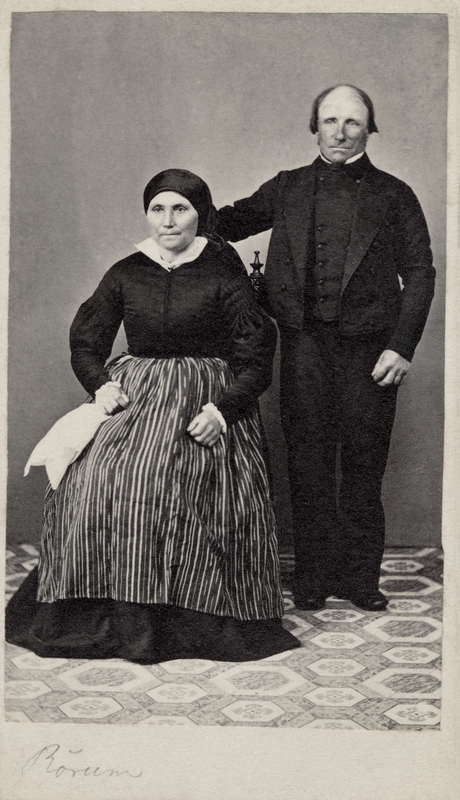


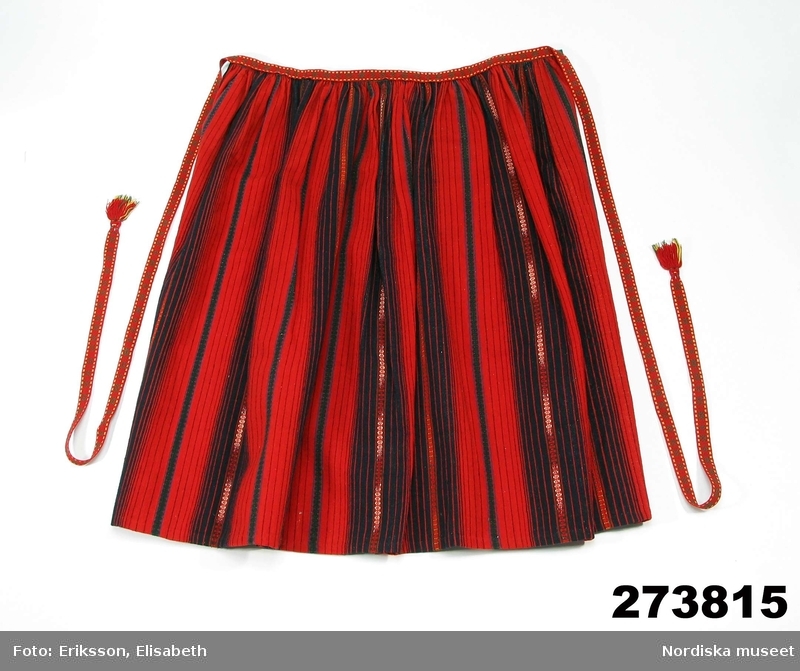
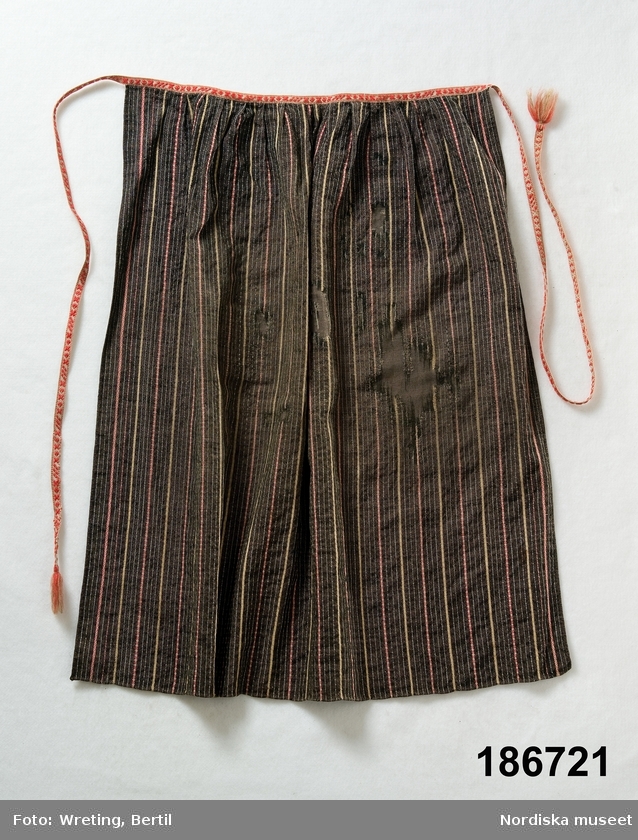
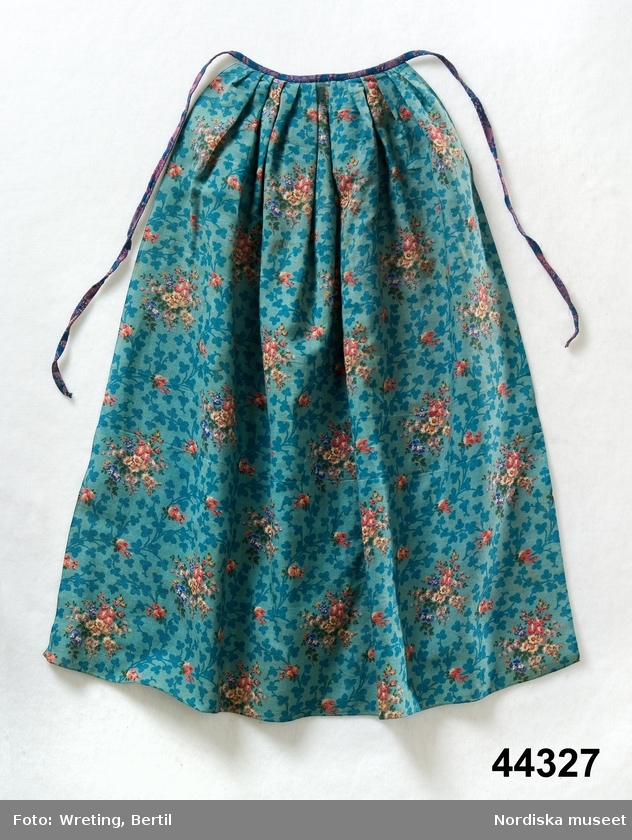
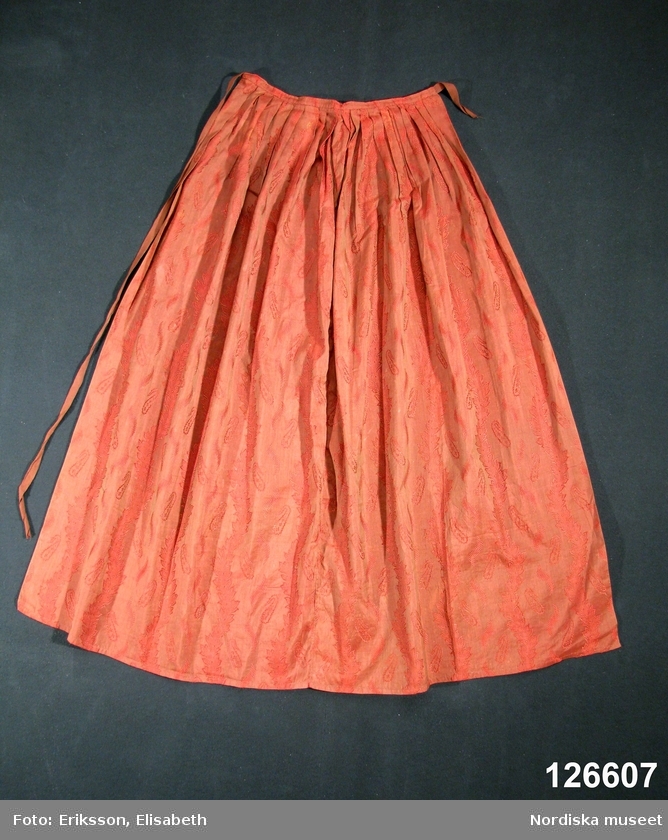
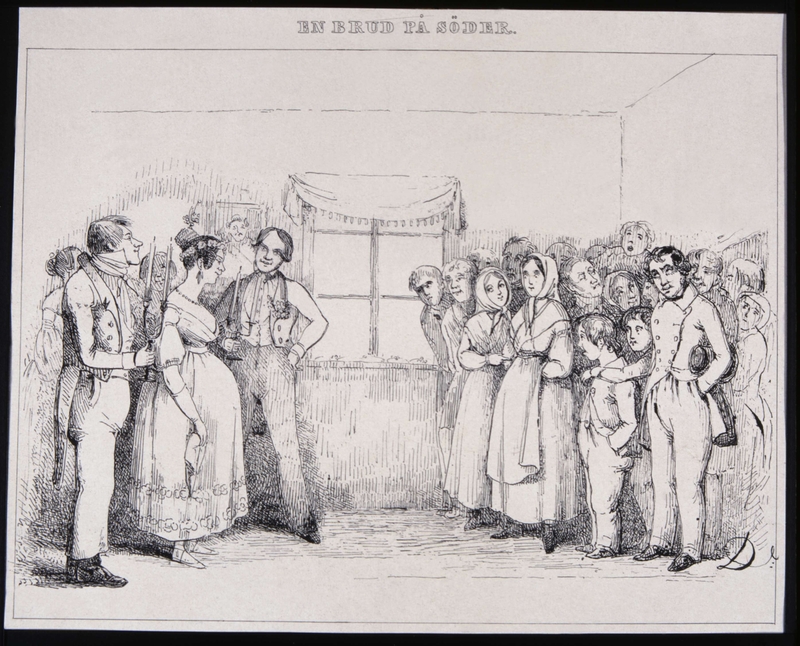

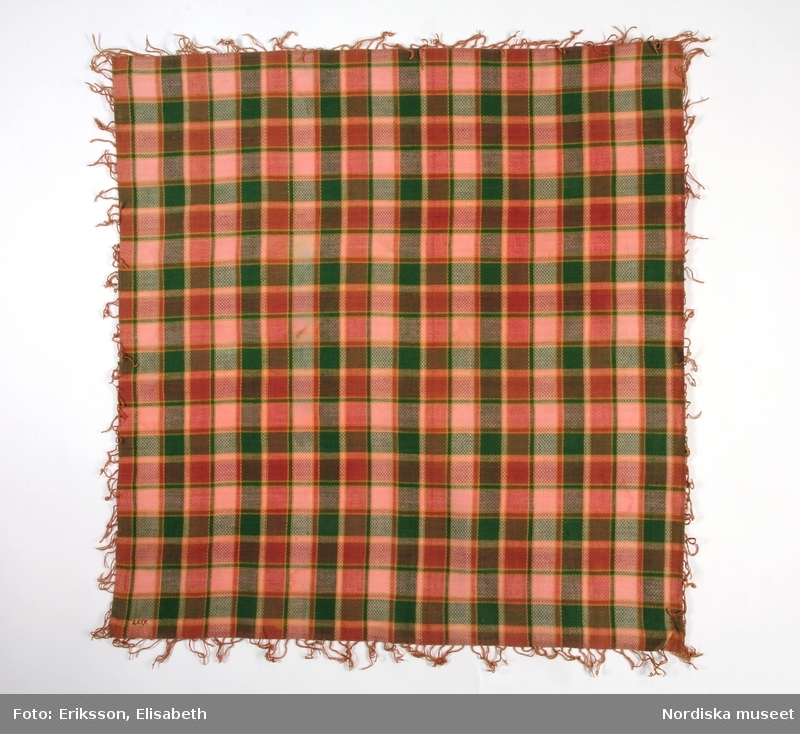
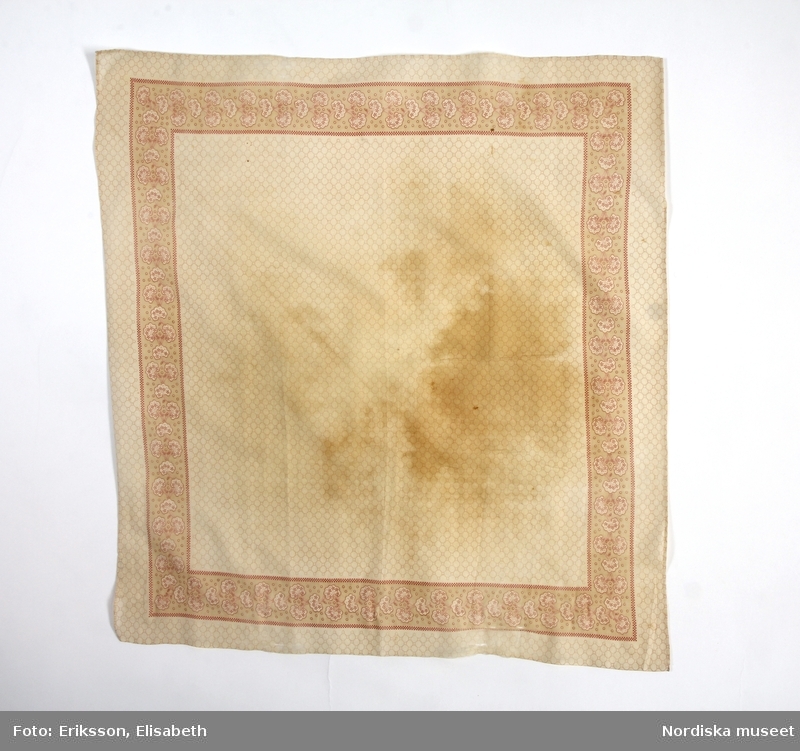

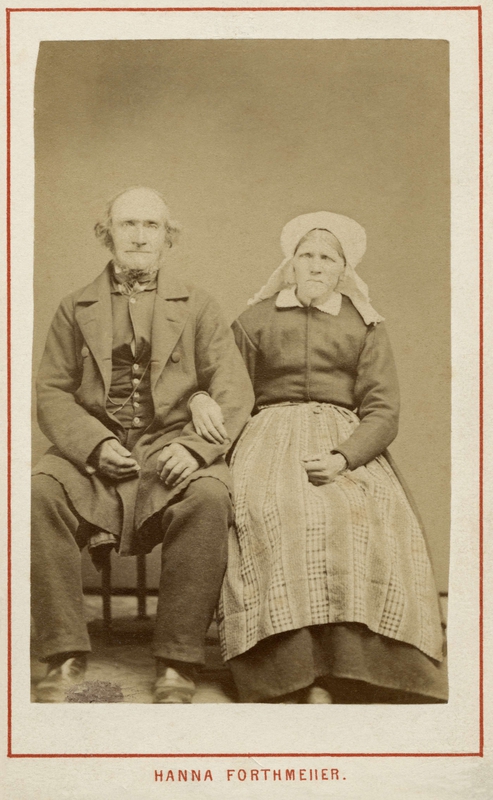
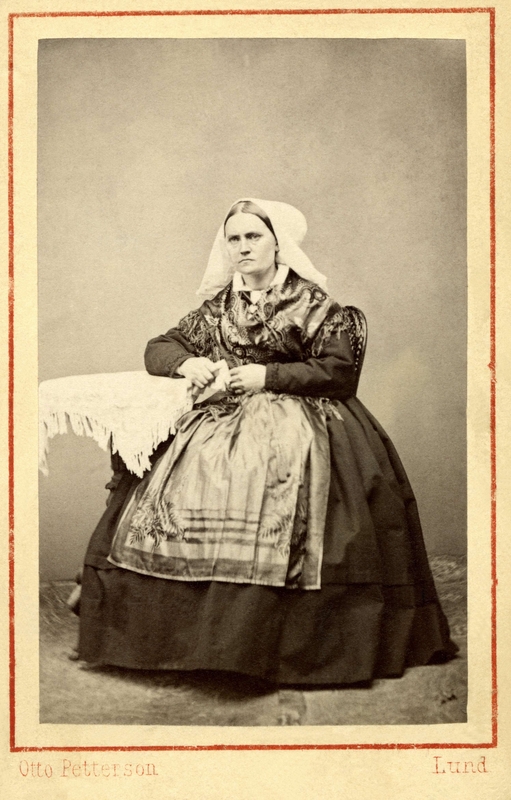
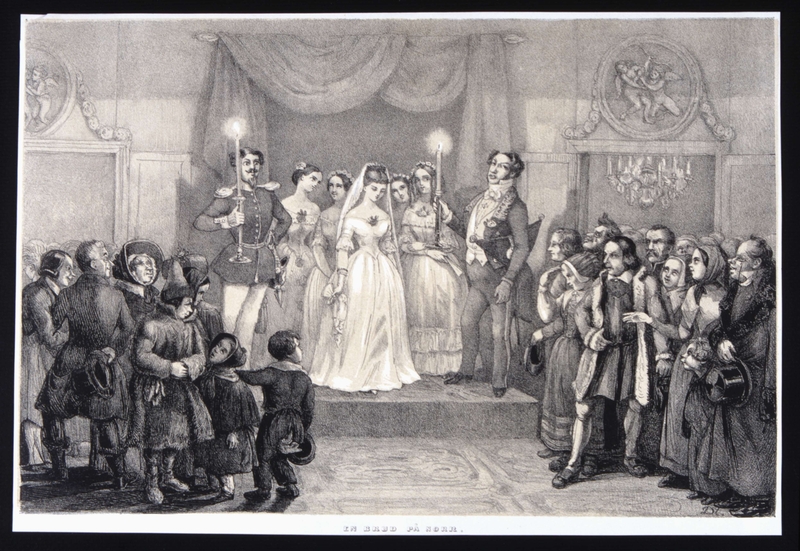

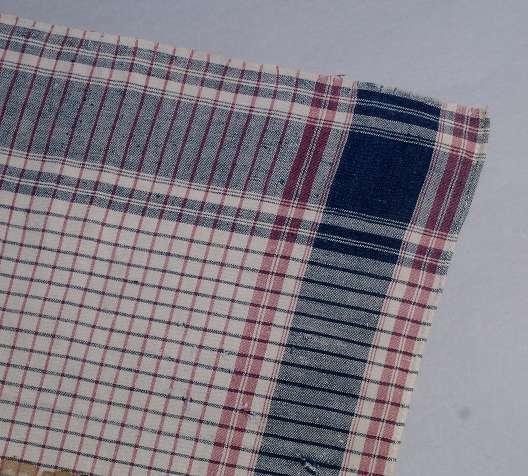


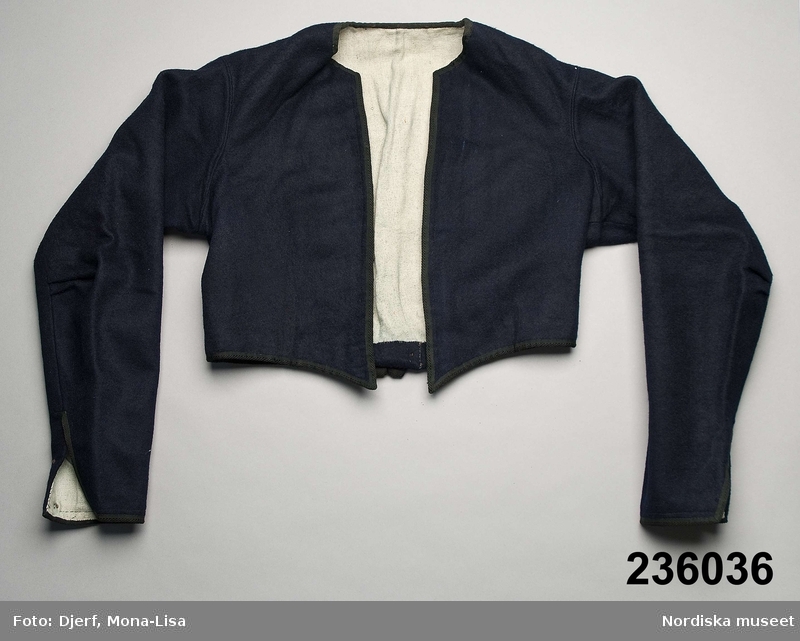

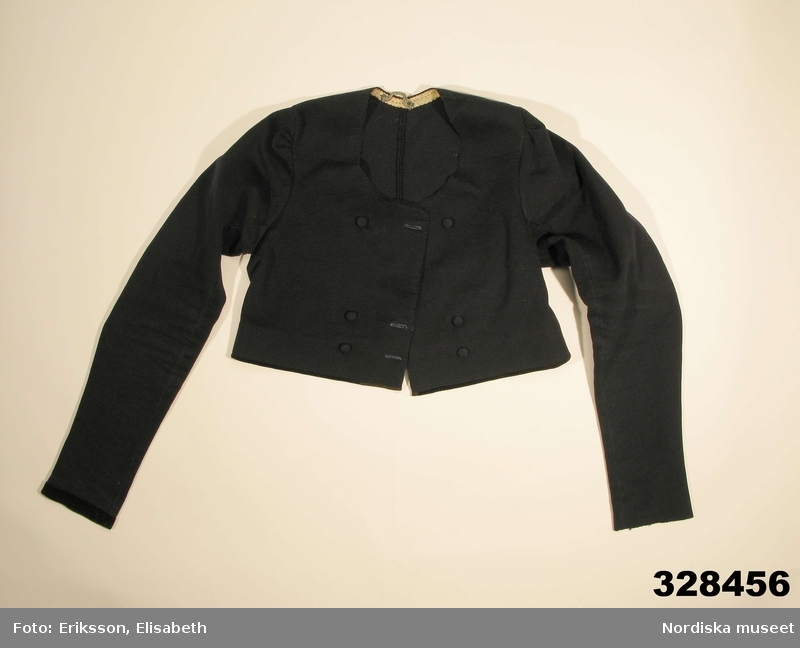






Fantastic! What great photos you have found! The clogs are amazing to me. I am also very interested in the tradition it seems, of "brideviewing" at a wedding ceremony. Those two paintings or sketches are beautiful and they are definitely looking at the beautiful bride.
ReplyDeleteI love how simple and clean the outfits are, and yet there's a pop of personality with the colorful aprons and folk dress touches. The first picture is probably my favorite. I really like her dark dress, with what looks like a very colorfully striped apron (the photo is black and white so it's hard to tell for sure), and the simple head scarf. The apron almost has the look of ikat, and I wonder if it was her best apron?
ReplyDeleteWhile the outfit is simple, at the same time it looks very well made and like it would last through hard labor for a good amount of time.
I also like the combination of the more traditional folk outfit combined with 19th c. dress. It's an interesting combination that shows a remarkable amount of practicality and pride in their county through the elements of traditional folk dress used (I'm sure that was the easiest route of dressing for their locale). And yet at the same time a concern for dressing close to the fashion of the era.
The dark clothes create a certain amount of flexibility so that the folk elements can be colorful and wonderful. As well as I'm sure they allowed for hiding signs of dirt and general wear and tear.
Fascinating...fascinating...I really like your research on traditional folk dress from both the historical and more recent perspectives. It's interesting to see how much they have and haven't changed. The folk aspects seem to have not changed much, while the silhouettes of the main dress are dependent on the era. There's a kind of comfort in that.
Interesting! Great photos. I like that Dark blue wool jacket and also the shoes they're so lovely. Thanks for posting,looking forward on your next post.
ReplyDelete